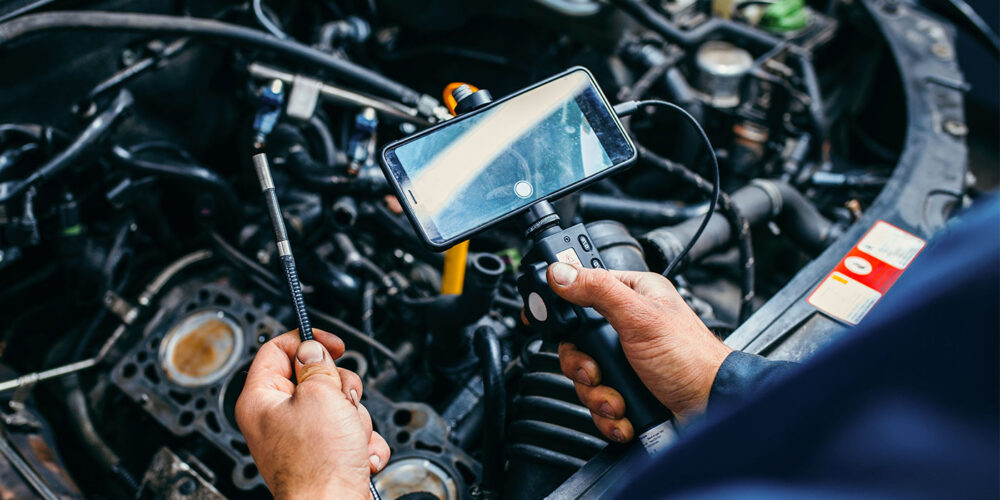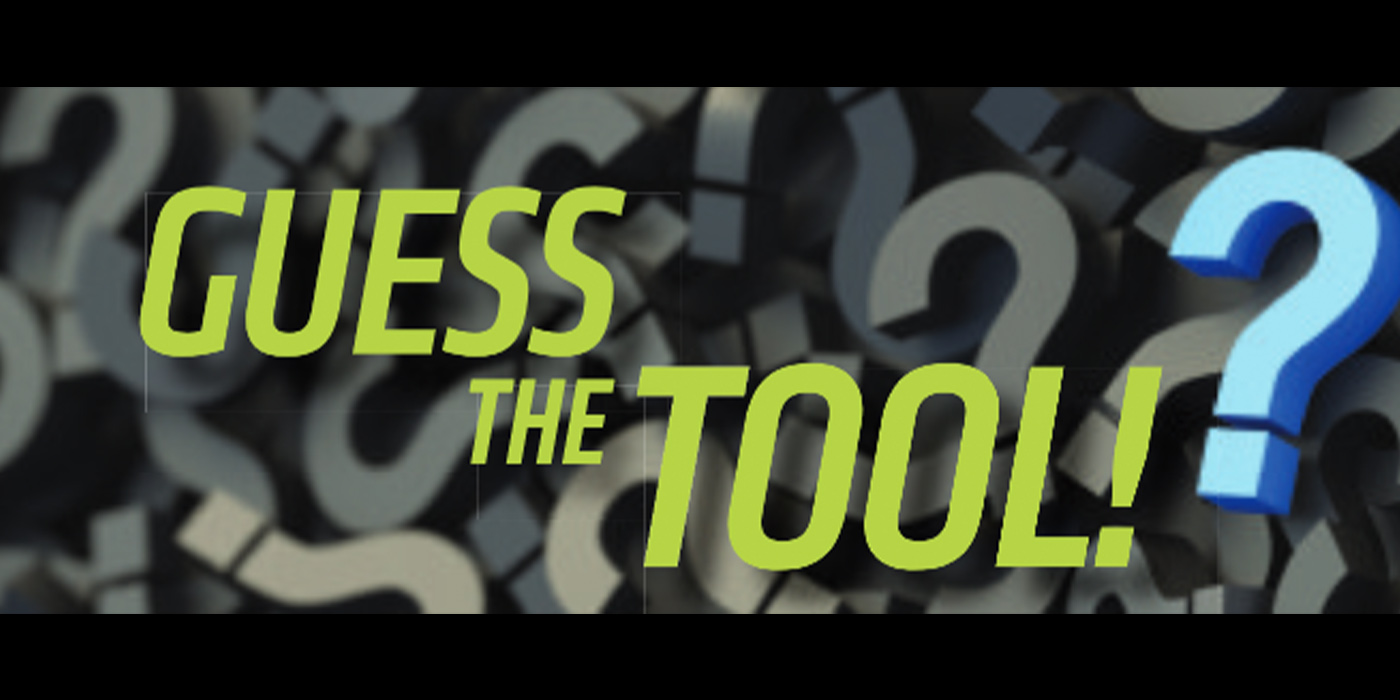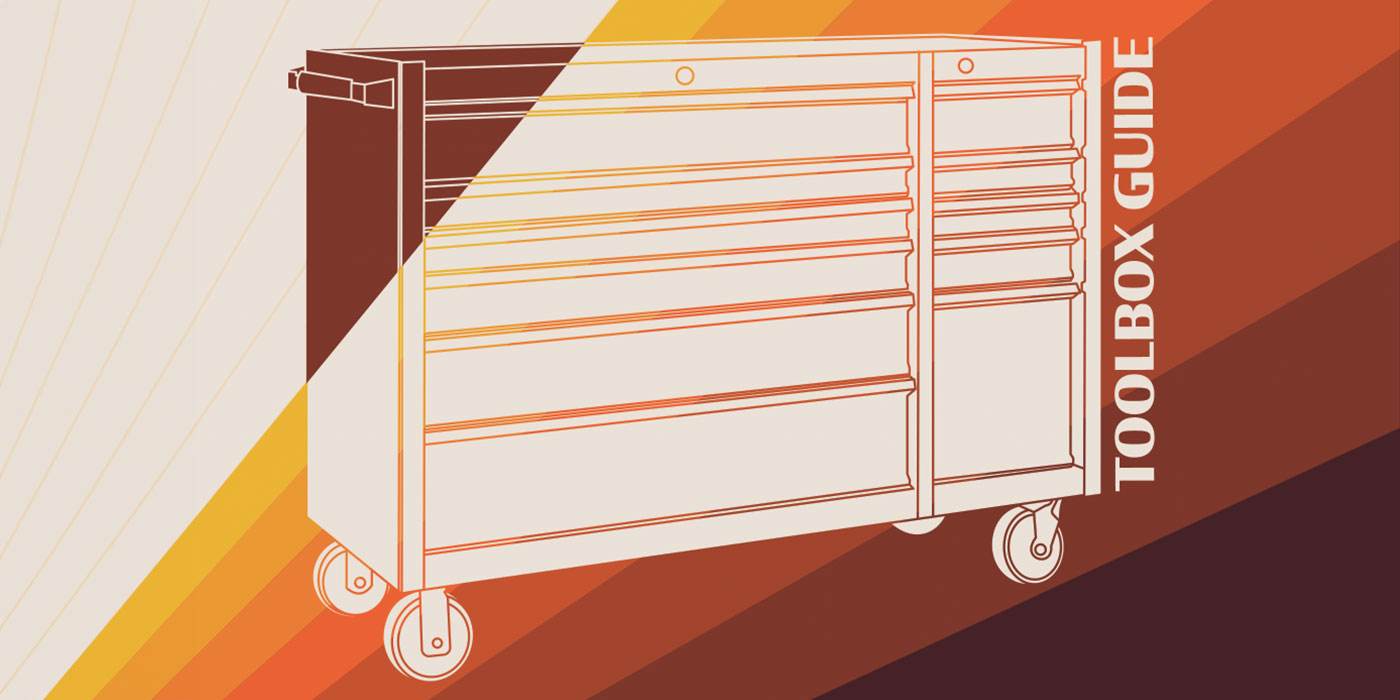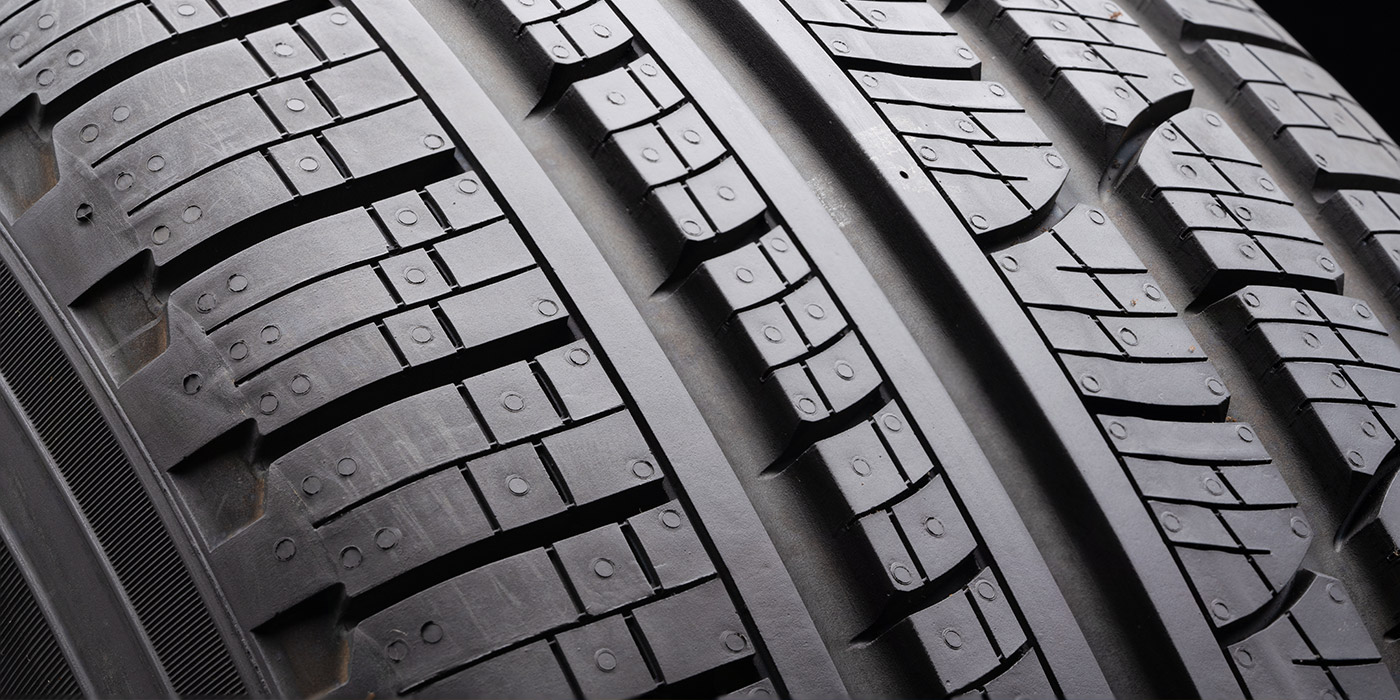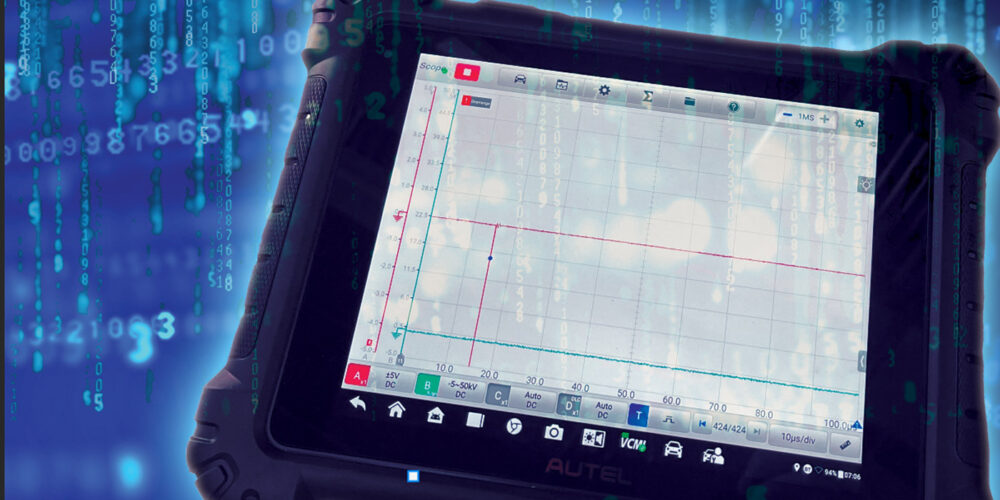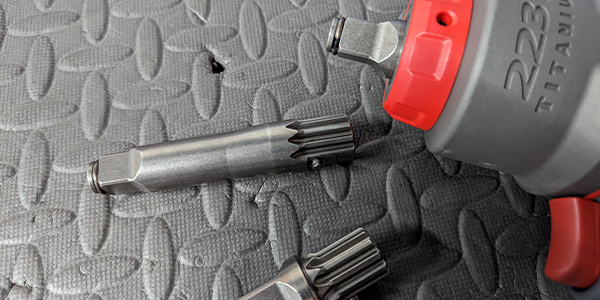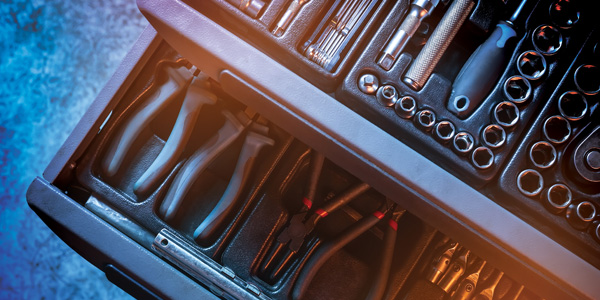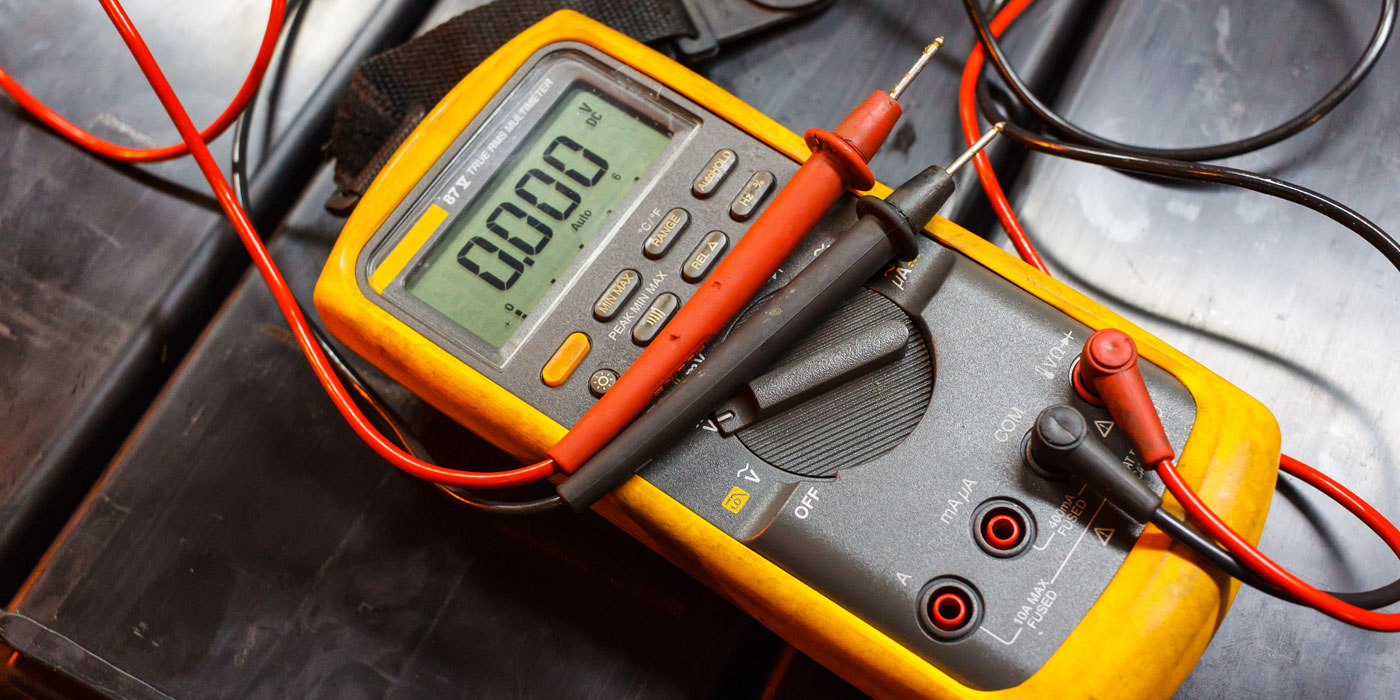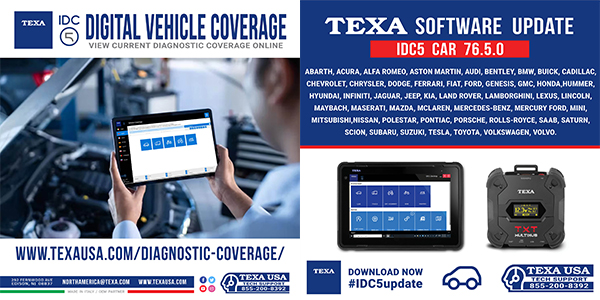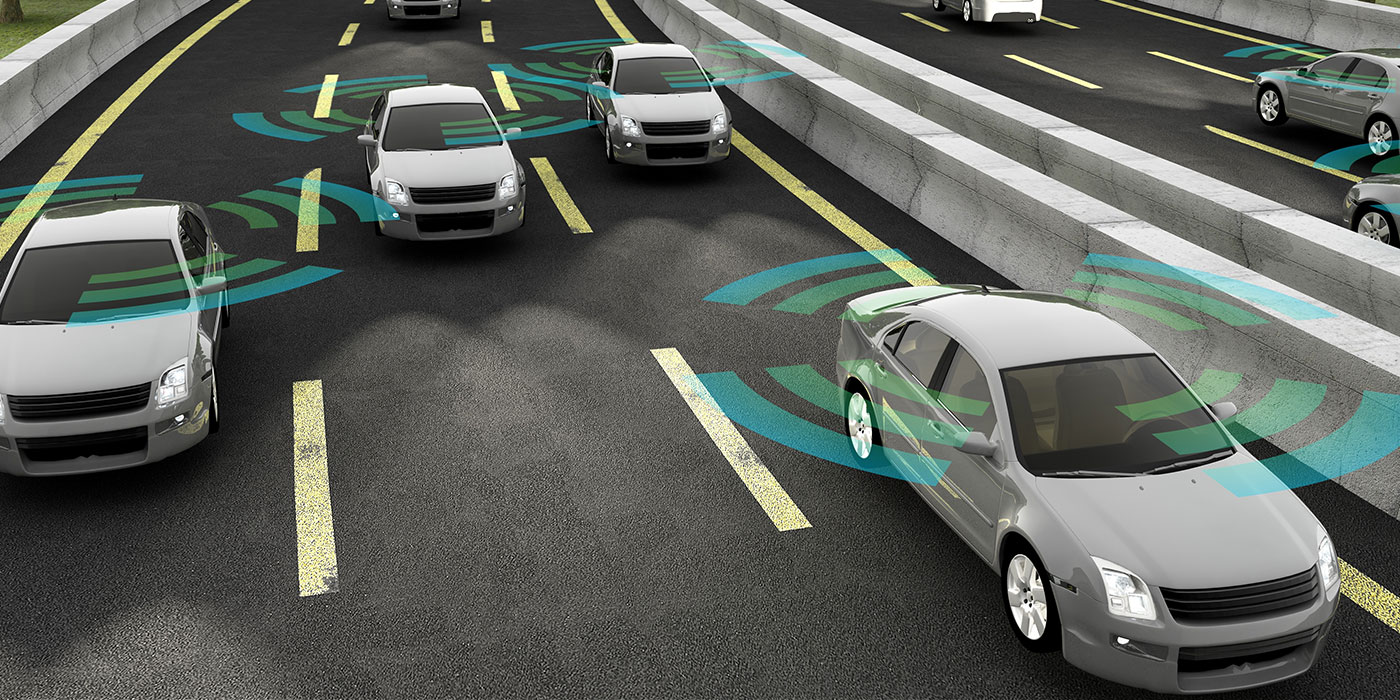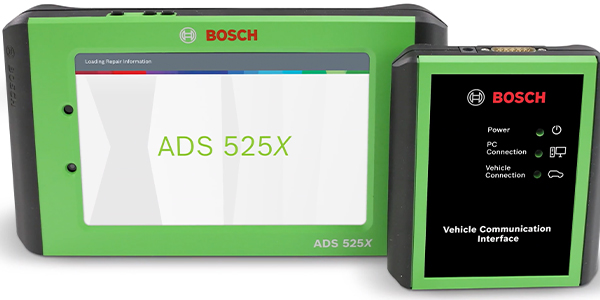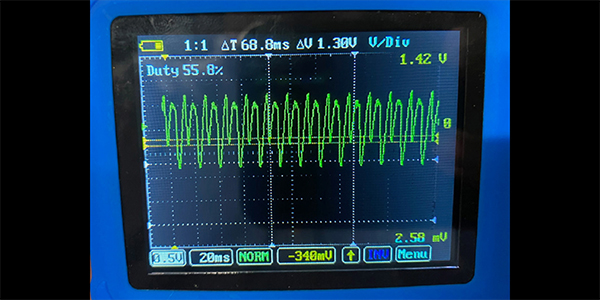I used to watch re-runs of Star Trek as a kid, and I remember dreaming of having one of their “communicators.” How amazing would it have been to have something you could just flip open and talk to whoever, whenever?
What do you know, 20 years later flip phones were everywhere. Rumor has it the original “communicator” inspired the design of those first cell phones, but I don’t know for sure. I do know that I surely wouldn’t have guessed cell phones would ever play a part in automobile diagnostics, but again, here we are!
Are there legitimate possibilities that make your cell phone a diagnostic tool? Most likely, many of us are already using our phones as a tool that plays a role in it already, so let’s take a look and see what some of the options are.
The Internet
This is quite possibly the most powerful resource in the world. I’ve surprised myself at how often I grab my cell phone, look for, and easily find information I need when working on a car. From procedures to torque specs, and even obscure information, I can usually find it all. There are videos for everything, and I’ve used them as an overview for certain jobs. It can be nice to know what you’re getting into if it’s the first time you’ve done something.
This type of information, however, I always utilize with caution, and it’s only information I seek out when I’m at home. In the shop, I use the professional resources at hand that I know and trust. On the Internet, it’s best to look for multiple sites with matching information, since we all know just because it’s on the internet, doesn’t mean it’s correct.
Inspection
The most basic of features, the camera, almost makes a mirror-on-a-stick obsolete. Most are so advanced they take great pictures even in low light, and if there’s room for the phone, you can usually get a good image. When the phone is too big to reach in a tight area, there are smaller digital inspection devices that can send images to your phone via Bluetooth.
This is a great way to not only view difficult areas, but to zoom in for closer inspection. And, for the most difficult areas to see like inside a cylinder, you can get a borescope camera that attaches to your phone.
An additional benefit is that images and video are a great way to share your findings with customers. This is becoming a popular practice that resounds with our customers in the transparency it creates. They say a picture is worth a thousand words. They may be worth a lot more than that. If a customer has visual proof, along with your explanation of the problem, they’re much more likely to give you the authorization for the job.
The Cell Phone Scan Tool
It’s not a thought. It’s reality. Apps are available that can access trouble codes, freeze-frame data and live PID data. You can access OBDII monitors and Mode $06 data, and many allow you to graph live data. You can even access ABS, airbag, transmission and body control modules.
Specific apps are available that focus on OBDII codes, which can be of considerable benefit to technicians. Armed with a trouble code, you have immediate access to a full code description, common causes, even narrowed down by make and model, as well as technician notes and typical symptoms. It’s a collection of the most pertinent information in one place.
Are these apps replacing full-function scan tools? Maybe not today, but tomorrow? Remember the communicator. For now, these are some really great features that can give you a lot of information.
Going Mobile
That’s what everyone’s doing. Most of the professional software resources we’re used to are linking their services to a mobile app. It allows you to utilize many of the functions of the full software on a mobile phone, including diagnostics, reports, TSBs and digital inspections.
These resources include repair information, shop management software and parts resources. Utilizing mobile apps can allow managers, service writers and technicians to view work orders. You can perform inventory tracking, get reports and track profits. And, create work orders, decode VINs, order parts, access labor guides and repair specifications.
You can communicate with your customers, send quotes, get authorizations and payments via text. Instead of being tied to one computer at one location, you’ve got all your tools at your fingertips, wherever you go, any time of day.
The important thing here is awareness of the resources you may have in the shop that are already available on your cell phone. You don’t have to worry about questioning Internet information or double-checking it when you go straight to your professional resources.
A/C Service
This can go two ways. There are apps available that are designed more for the DIY crowd. They’re useful, with charging port locations and system capacities, so they can be great as a quick reference, but they have no specific tools they work with.
On the professional side, there are systems that utilize wireless temperature and pressure gauges which connect to your cell phone via Bluetooth. Designed for the professional technician, this is small, compact equipment you can keep in your toolbox, download the app and view system information on your cell phone, including pressure and temperature readings, diagnostic charts, and reports which can be sent via e-mail.
NVH Tools
This is one of my favorites. Noise, Vibration and Harshness, or NVH, is the term given to these unexpected and unwanted symptoms that aren’t acceptable in today’s automobile. They can be difficult to diagnose, and technology has created advanced NVH tools that utilize software, microphones and accelerometers to capture and graph data. The software can break down the type and frequency of the vibration, allowing us to quickly zero in on the source.
The most advanced of these tools are designed to interface with an oscilloscope, but the great part is the key to them, the accelerometer, is already part of your cell phone. Among many other things, it’s the component that allows your cell phone to know when you rotate it so the image will flip from vertical to horizontal.
Using this technology, NVH apps are available for cell phones that capture, graph and display data so you can diagnose the trickiest of these problems.
Know the Vehicle
Here’s a good one. Even if you don’t want to use a cell phone for diagnostics, eventually you’re going to have to, even if it’s just part of verifying the symptom. Cell phone apps that give a vehicle owner control over vehicle functions such as remote start are becoming more and more popular.
This is even more relevant in the EV space with apps designed to connect owners to their car and provide them with charging and battery information, as well as access to vehicle features. Since all diagnostics begin with verifying the symptom, at some point, you’ll be using a cell phone to do it.
Endless Options
The hard part about all this is sorting through the options. There are many apps designed specifically for the professional technician. Their usefulness can vary from one tech to another, depending on your level of experience and the tools and equipment you own. Some apps can take place of a tool you don’t have, at least on an entry-level basis. Some may complement tools you already own.
We buy tools because it makes us more efficient. Just like another set of sockets, or a different style of wrenches, your personal ability to access information makes you more valuable and more successful as a technician. Expanding the capabilities of your cell phone might prove to be easy and profitable tools. You’re already paying for the phone. Why not get a greater return on the investment? TS

